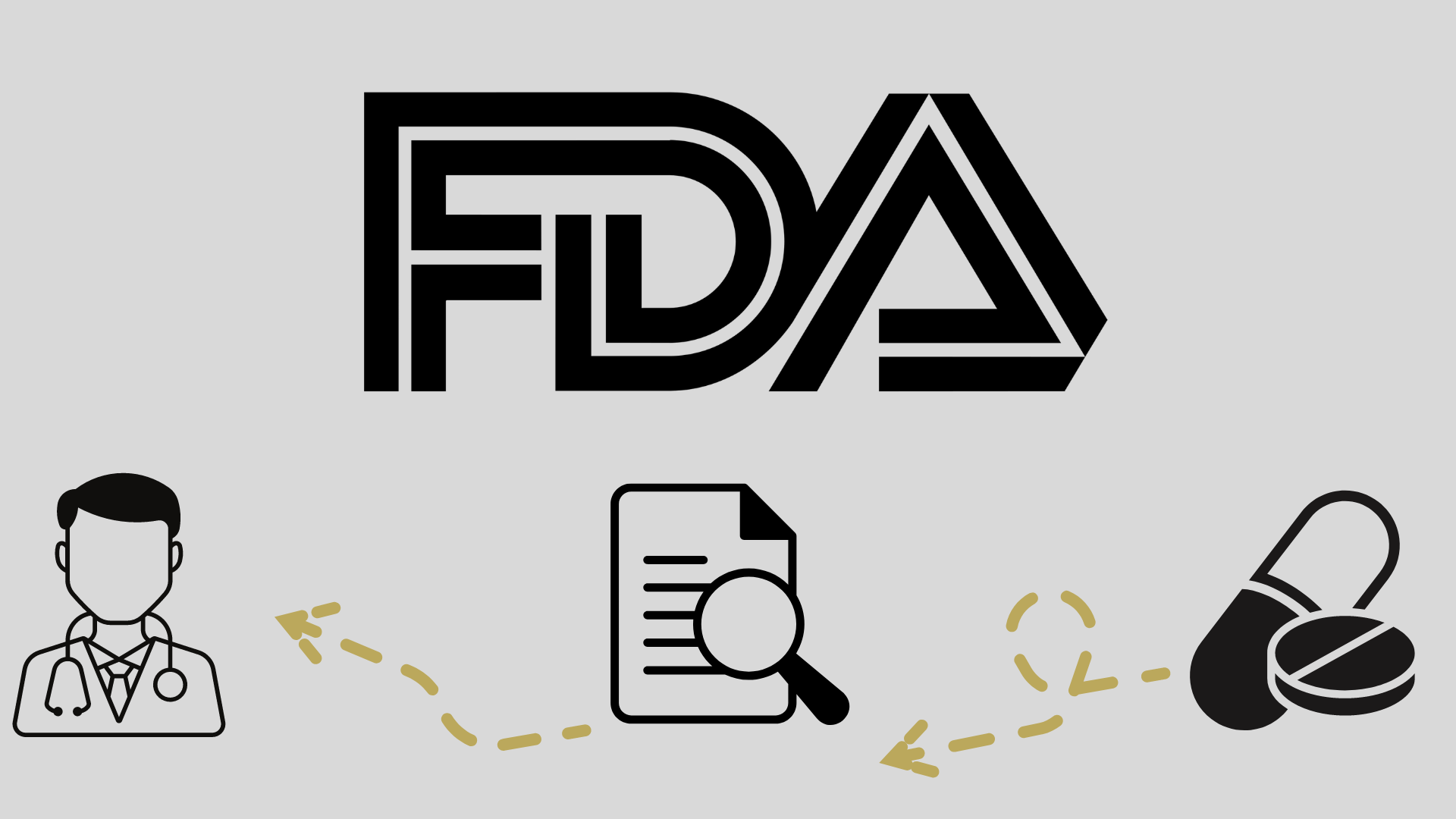
FDA Issues Complete Response Letter for Linvoseltamab BLA in RRMM

The FDA issued a complete response letter for linvoseltamab aimed at treating relapsed/refractory multiple myeloma post multiple therapies.
- A complete response letter has been issued by the FDA to the biologics license application (BLA) seeking the approval of linvoseltamab (REGN5458) in relapsed/refractory multiple myeloma that has progressed following 3 or more prior therapies.
- The BLA had a target action date of August 22, 2024, based on data from the phase 1/2 LINKER-MM1 trial (NCT03761108).
- The manufacturer believes the issues are resolved and is awaiting FDA reinspection, expected in the coming months.
The FDA has issued a complete response letter regarding the BLA for linvoseltamab.1 This application sought approval for the treatment of patients with relapsed/refractory multiple myeloma that has advanced after at least 3 prior therapies.1
According to the developer of the drug, Regeneron Pharmaceuticals, Inc., the only approvability concern came from data found during a preapproval inspection of a third-party fill/finish manufacturer for a different company's product candidate. The manufacturer has indicated that they believe the issue has been resolved.
The FDA is anticipated to conduct a reinspection of the facility in the coming months.
“Regeneron is committed to working closely with the third-party fill/finish manufacturer and the FDA to bring linvoseltamab to appropriate patients with relapsed/refractory multiple myeloma as quickly as possible, which is critical because most patients [with multiple myeloma] relapse and ultimately require additional therapies in late-line settings,” according to the press release.1
The BLA had a
Updated findings presented at the 2024 European Hematology Association Congress, with a median follow-up of 14.3 months, maintained the ORR at 71% and showed a CR or better rate of 50%.3 Further analysis revealed a stringent CR rate of 44.4%, a CR rate of 5.1%, a very good partial response (VGPR) rate of 13.7%, and a PR rate of 7.7%.
For safety, adverse events (AEs) were observed in all patients treated with the 200-mg dose. A total of 85% of patients experienced AEs of grade 3 or higher. Cytokine release syndrome (CRS) was the most common AE (46%) and of those with CRS, 35% were grade 1, 10% were grade 2, and 1% were grade 3. Adjudicated immune effector cell-associated neurotoxicity syndrome (ICANS) of any grade was seen in 8% of patients, grade 3 ICANS was seen in 3 patients, and no patients experienced grade 4 or higher ICANS. Infections of any grade were seen in 73% of patients, and 34% were grade 3/4.
The most common grade 3/4 AEs included neutropenia (30.8%), anemia (23.9%), thrombocytopenia (13.7%), and lymphopenia (11.1%). The most common nonhematologic treatment-emergent AEs (TEAEs) in this cohort were CRS (45.3%), cough (33.3%), fatigue (32.5%), and diarrhea (32.5%). Twelve percent of patients died due to their TEAEs during treatment or within 30 days after the last dose, 9% of which were due to infections.
About the LINKER-MM1 Trial
In phase 1, patients had to have diseases that were refractory to an immunomodulatory agent (IMiD) and a proteasome inhibitor (PI). In phase 2, patients had to have disease that was refractory to an IMiD, a PI, and an anti-CD38 antibody.
A modified 3+3 (4+3) dose-escalation design was used in the study. This also included an observation period of 28 days where investigators looked for dose-limiting toxicities.
Patients received linvoseltamab at full doses of 50 mg or 200 mg once weekly for weeks 3 to 14 via intravenous infusion in phase 2 of the study. Starting on week 16, patients received the agent once every 2 weeks. Patients treated with the 200-mg dose transitioned to a once-every-4-weeks dosing schedule if they experienced a VGPR or better after at least 24 weeks of treatment.
The primary end point for phase 2 was ORR by IRC assessment and IMWG criteria, and secondary end points included duration of response, progression-free survival, ORR by investigator assessment, overall survival, and safety.










































